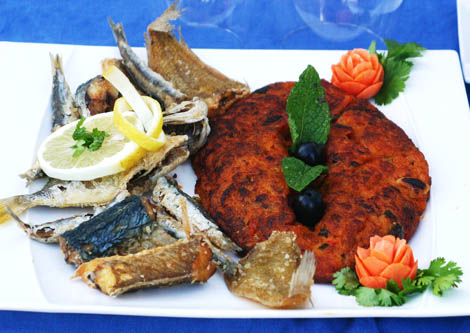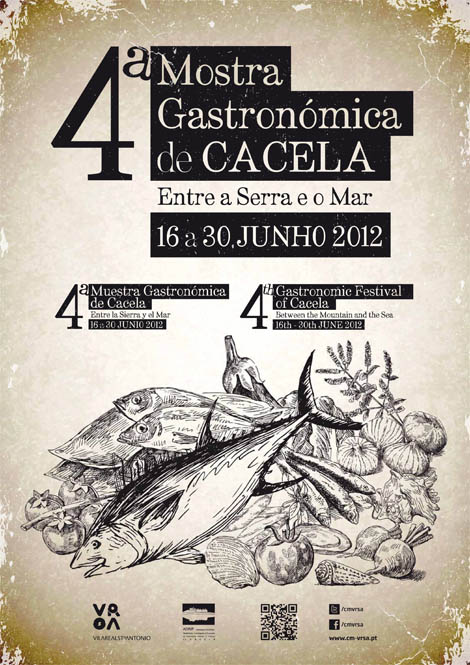 The Vila Real de Santo António City Council and the Association for the Defense, Rehabilitation, Research and Promotion of the Heritage of Cacela (Adrip) are organizing yet another Gastronomic Exhibition of Cacela, between the 16th and 30th of June.
The Vila Real de Santo António City Council and the Association for the Defense, Rehabilitation, Research and Promotion of the Heritage of Cacela (Adrip) are organizing yet another Gastronomic Exhibition of Cacela, between the 16th and 30th of June.
The event, on its way to its fourth edition, aims to enhance the knowledge and flavors of the territory of Cacela, located between the mountains and the sea, and aims to promote local products and food traditions in old recipes or new creations.
During the Exhibition, it will be possible to taste dishes as diverse as tuna spinet with black-eyed beans, fish soup, savory horse mackerel, marinated tuna scallops stuffed with ham and Algarvian goat cheese, the most traditional Wild Boar à Serrana, among many other delicacies.
For desserts, the menus reserve specialties such as orange or almond and gilt pudding, fig and carob cheesecake, lemon and mint mousse, rice pudding with carob or carob pie.
Many of the participating restaurants are located in areas of high scenic and cultural value, including the establishments «Sem Espinhas», «Finally», «Rios» and «Ramos», in Manta Rota, «A Camponesa» and « Cisne”, in Vila Nova de Cacela, “O Pangaio”, in Cevadeiras, and “Casa de Pasto Fernanda e Campinas”, in Corte António Martins.
 Tradition of Vila de Clams shown live
Tradition of Vila de Clams shown live
To make known the dishes, restaurants and traditions, the Mostra Gastronómica de Cacela starts with an official presentation, on Saturday, June 16, at the former Casino da Manta Rota.
In addition to the menus being in evidence, a Vila de Clams will be organized, a traditional dish in Olhão that consists of making a circle of clams, arranged in concentric rows around a stone, without spaces, which are set on fire and wait. if the clams open.
Gastronomic Show resumes heritage
The diet of the people of Cacela is the result of ancient heritages linked to the exploitation of the resources of the sea and the estuary – diverse fish, seafood and especially bivalves – and the work in the gardens and orchards of the barrocal with a variety of vegetables, citrus and fruit dried (fig, almond and carob).
It also integrates mountain traditions linked to pastoralism, honey, the ancient cycles of bread and pork, hunting and the use of herbs in the flavoring of açordas and other dishes.
See the full menus at www.cm-vrsa.pt or in www.facebook.com/cmvrsa


















Comments